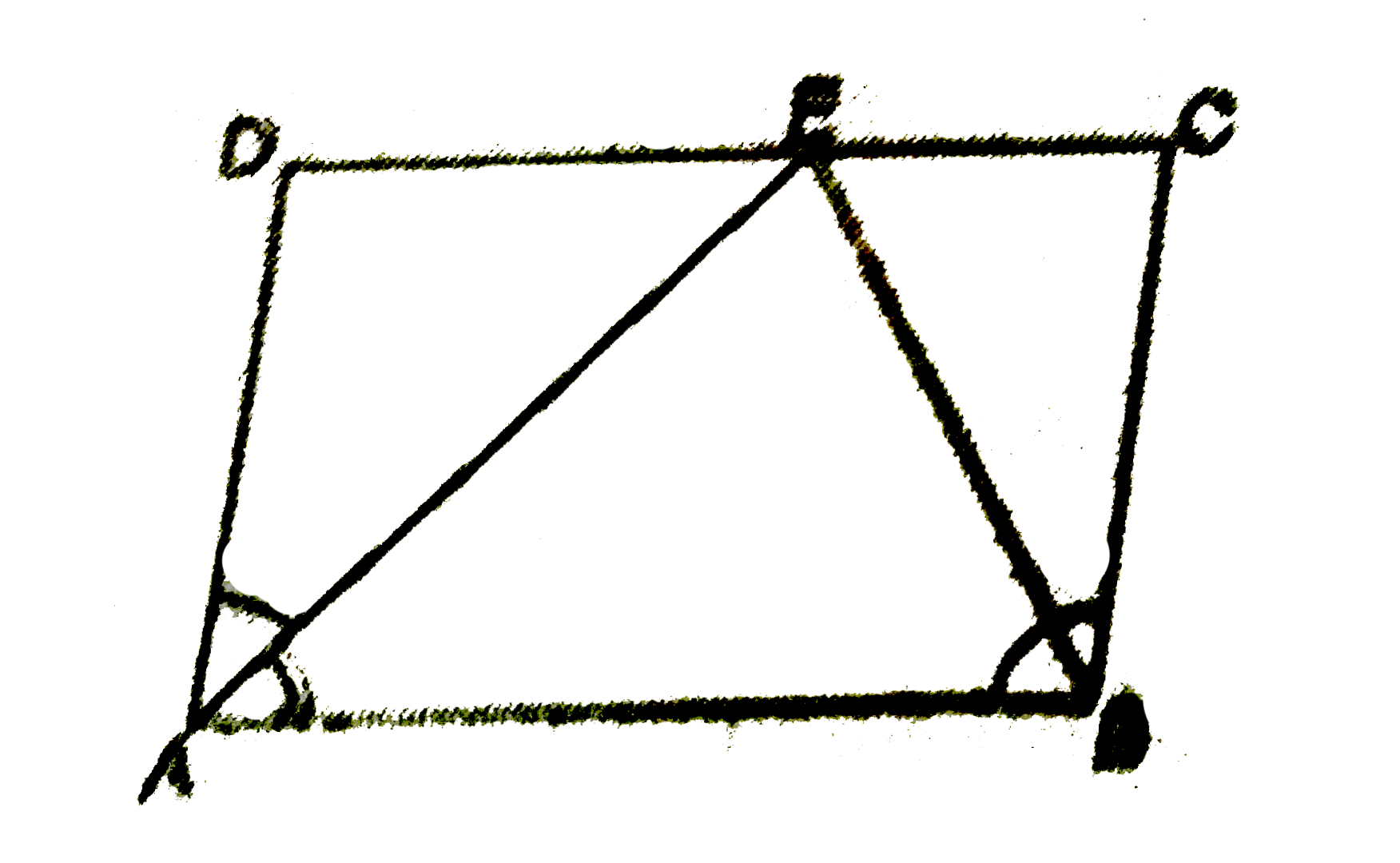In the adjoining figure, ABCD is a parallelogram. If ∠MBC=∠NDA, prove that AM=NC.
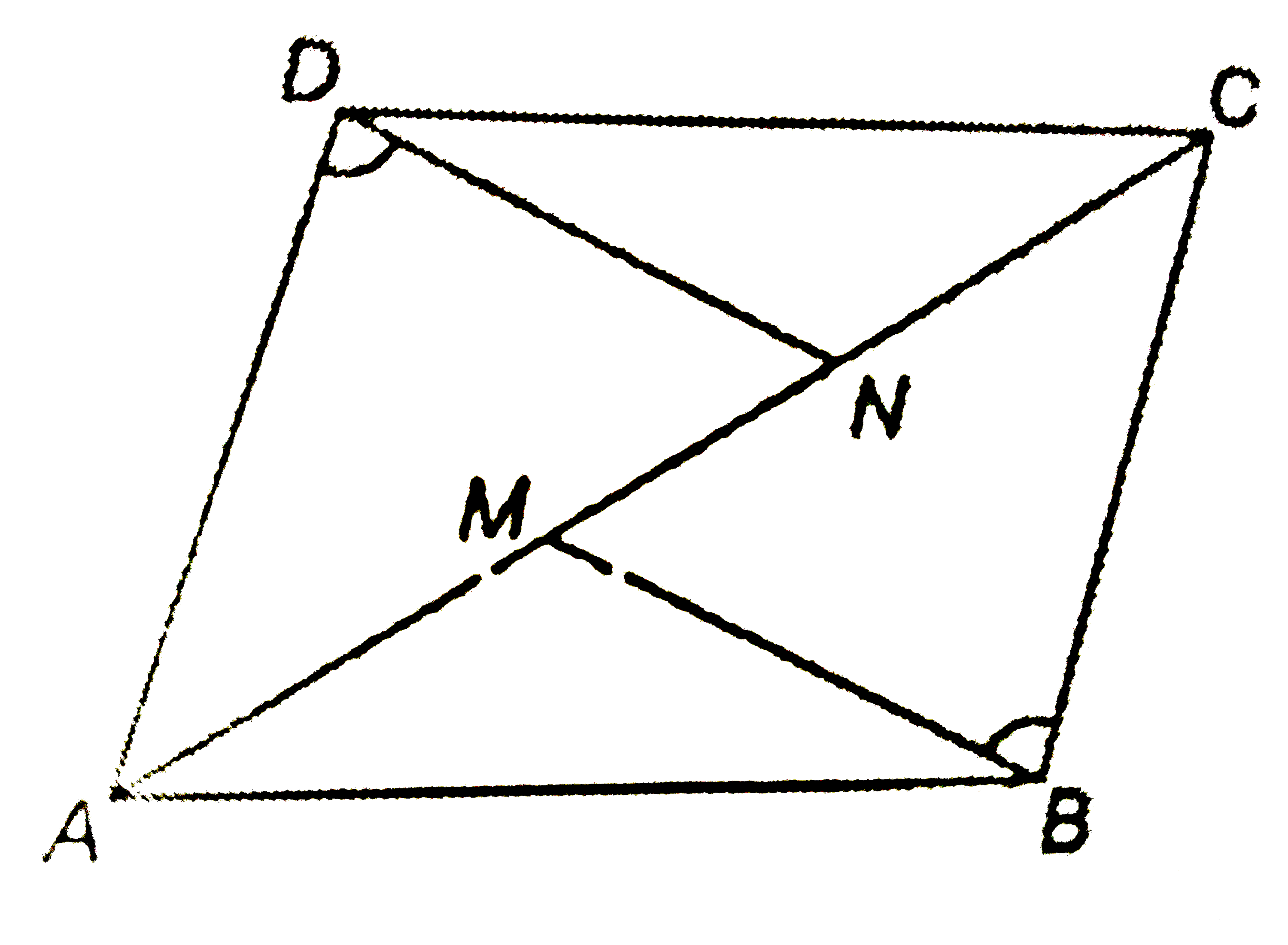
Video Solution
|
Answer
Step by step video & image solution for In the adjoining figure, ABCD is a parallelogram. If angleMBC = angleNDA, prove that AM = NC. by Maths experts to help you in doubts & scoring excellent marks in Class 9 exams.
Updated on:21/07/2023
Topper's Solved these Questions
- BOOK - NAGEEN PRAKASHANCHAPTER - TRIANGLESEXERCISE - Exercise 7b15videos
TRIANGLES
- BOOK - NAGEEN PRAKASHANCHAPTER - TRIANGLESEXERCISE - Revision Exercise (very Short Answer Questions)10videos
TRIANGLES
- BOOK - NAGEEN PRAKASHANCHAPTER - TRIANGLESEXERCISE - Problems From NCERT/exemplar5videos
TRIANGLES
- BOOK - NAGEEN PRAKASHANCHAPTER - SURFACE AREA AND VOLUMEEXERCISE - Revision Exercise (long Answer Questions)10videos
SURFACE AREA AND VOLUME
Similar Questions
Knowledge Check
- Question 1 - Select One
In the adjoining figure, ABCD is a parallelogram. find the measure of ∠BCE.
 A40∘B140∘C60∘D80∘
A40∘B140∘C60∘D80∘ - Question 2 - Select One
In the adjoining figure, ABCD is a parallelogram. Then its area is equal to
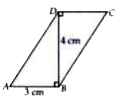 A9 cm2B12 cm2C15 cm2D36 cm2
A9 cm2B12 cm2C15 cm2D36 cm2 - Question 3 - Select One
In the adjoining figure, ABCD is a parallelogram. If ∠ABC=125∘,
∠ACD=28∘,then fine∠DAC.
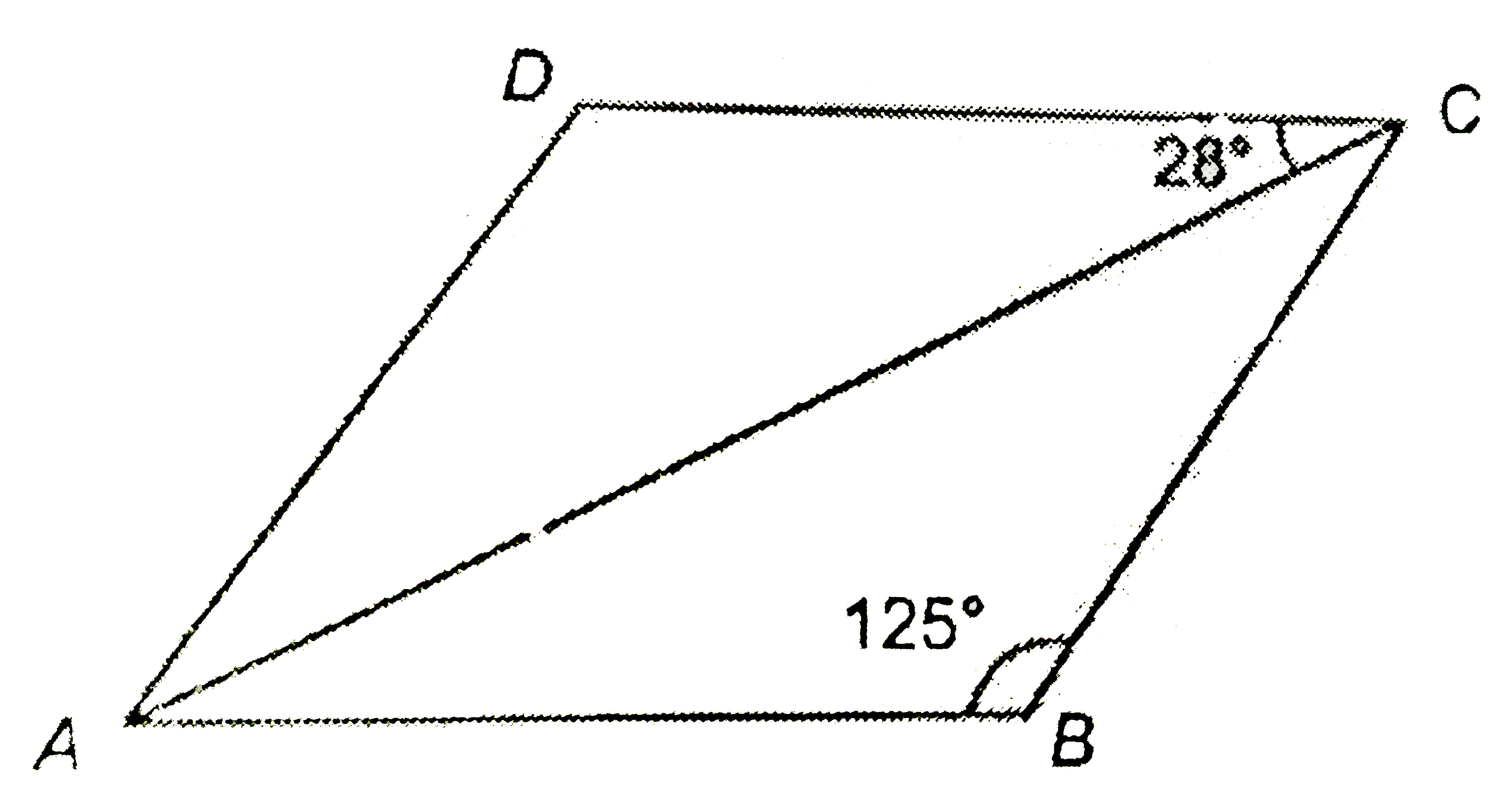 A25∘B26∘C27∘D28∘
A25∘B26∘C27∘D28∘
In the figure, ABCD is a parallelogram find value of (x+y).
 View Solution
View SolutionIn the adjoining figure, prove that ABCD is a parallelogram. Also find its area.
 View Solution
View SolutionIn the adjoining figure, find the area of the parallelogram ABCD.
 View Solution
View SolutionIn the adjoining figure, ABCD is a parallelogram and P is any points on BC. Prove that
ar(△ABP)+ar(△DPC)=ar(△PDA).
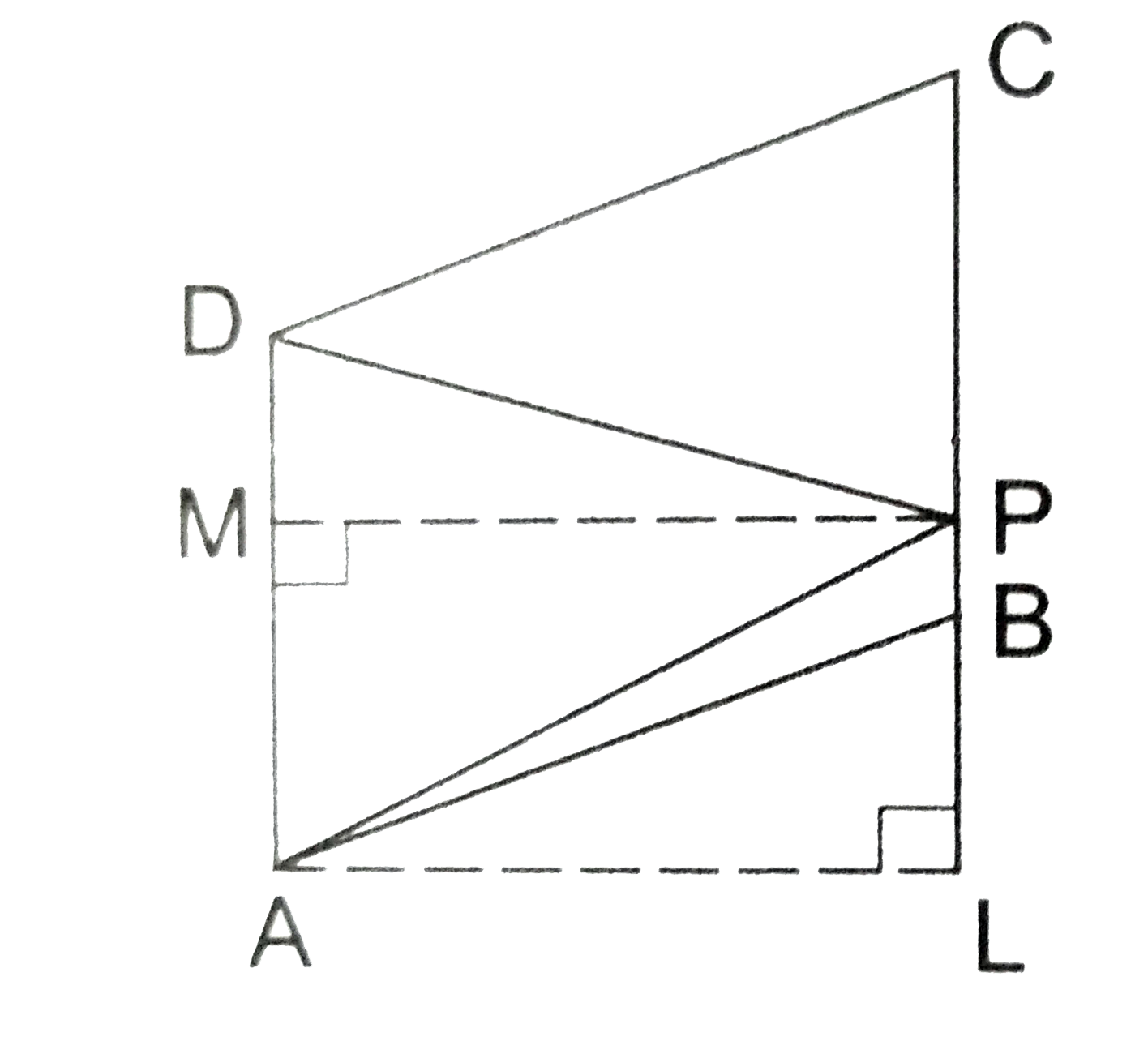 View Solution
View SolutionIn the adjoining figure, ABCD is a parallelogram. Points P and Q on BC trisect BC. Prove that
ar(△APQ)=ar(△DPQ)=16ar(△ABCD).
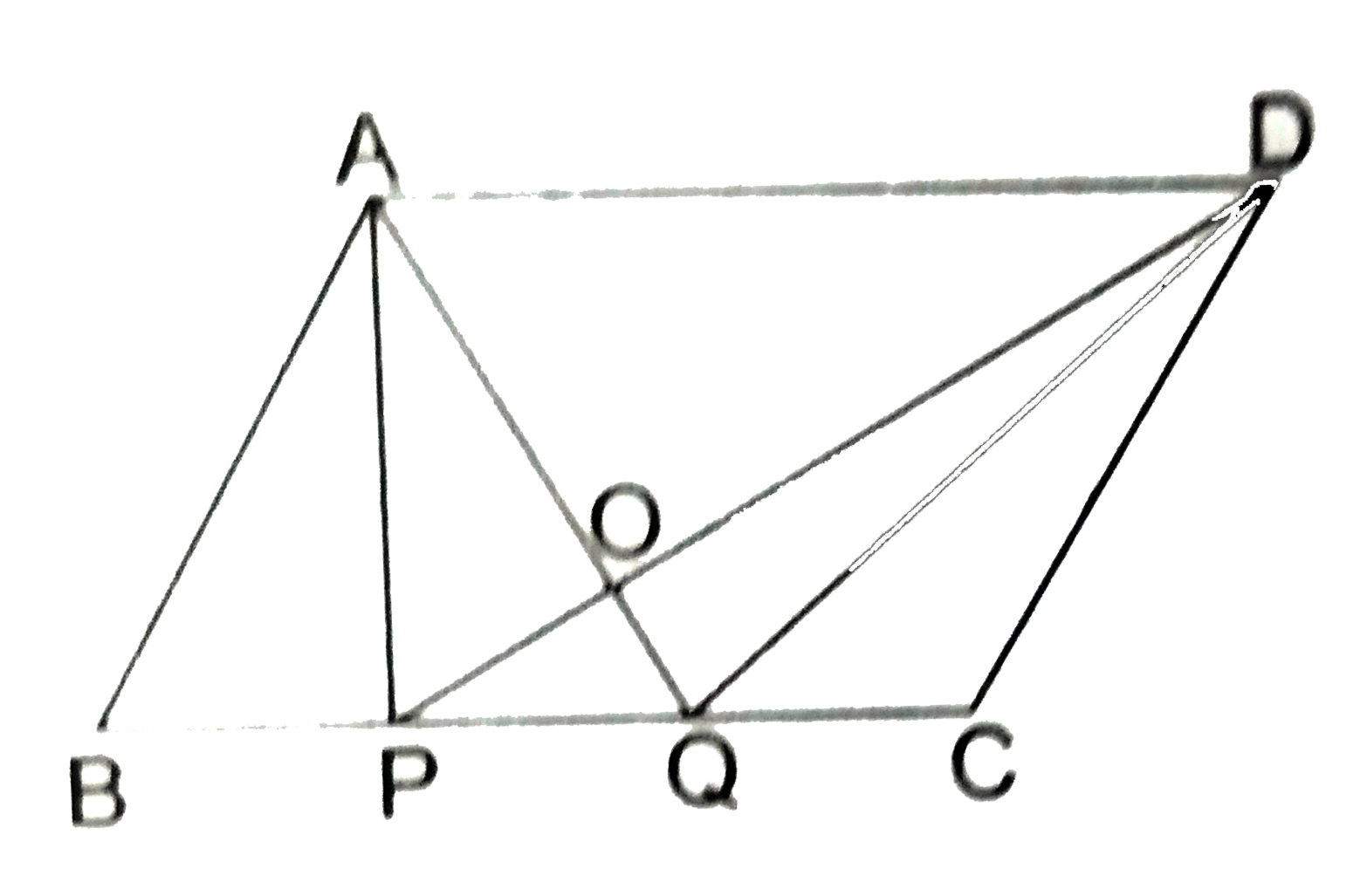 View Solution
View Solution



